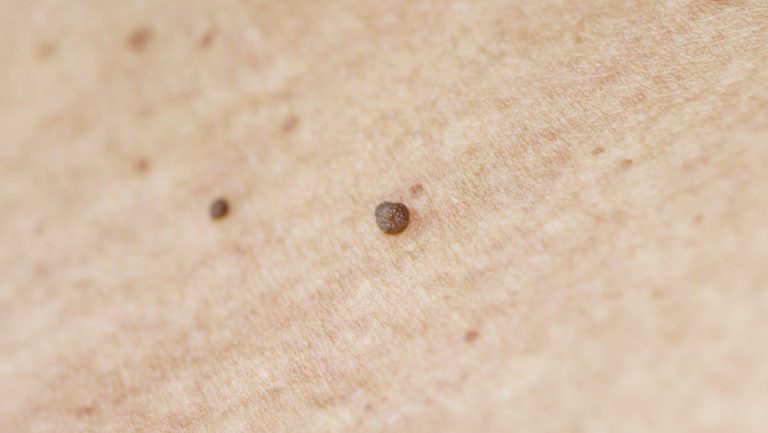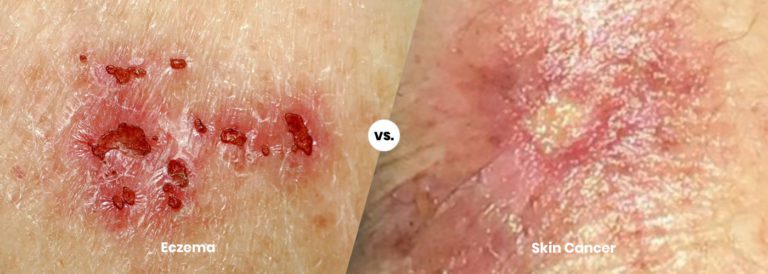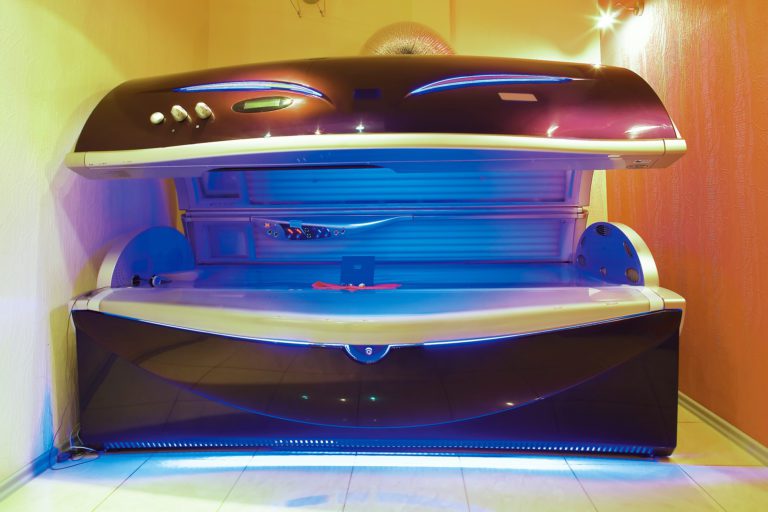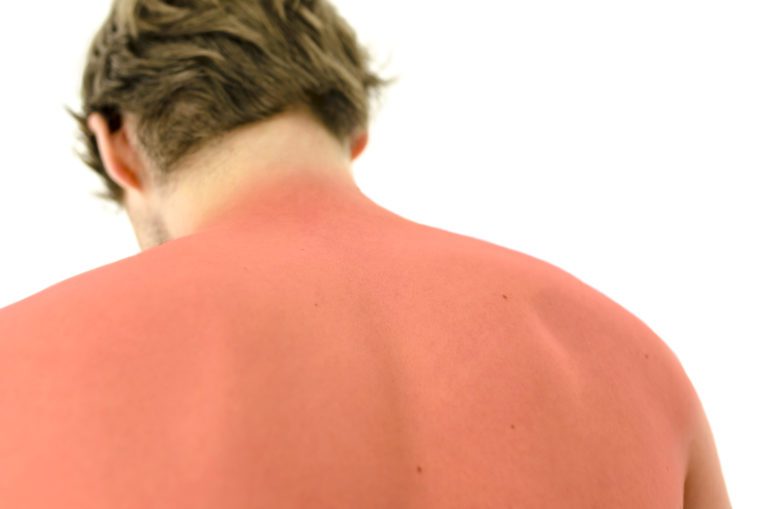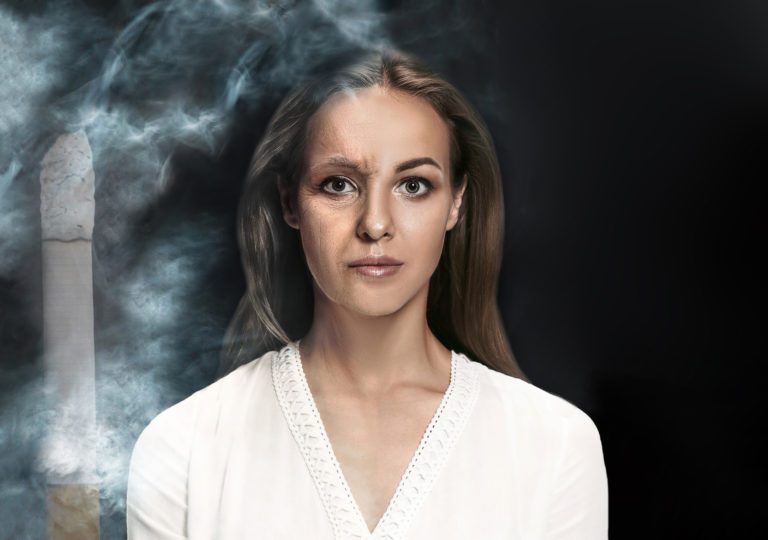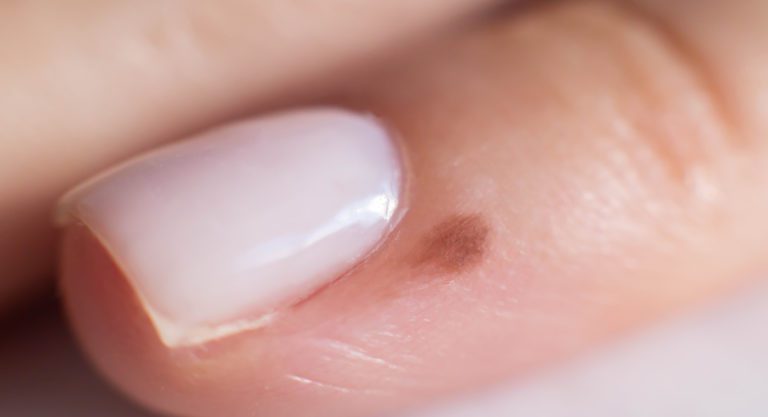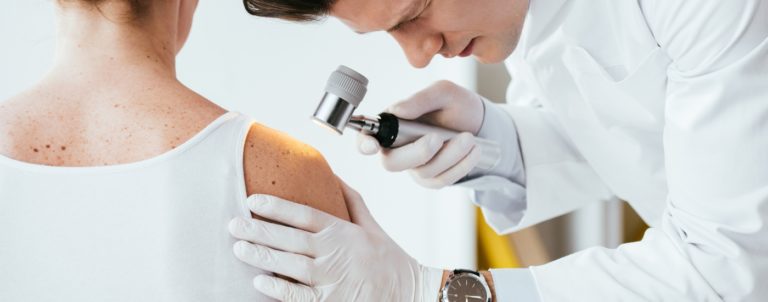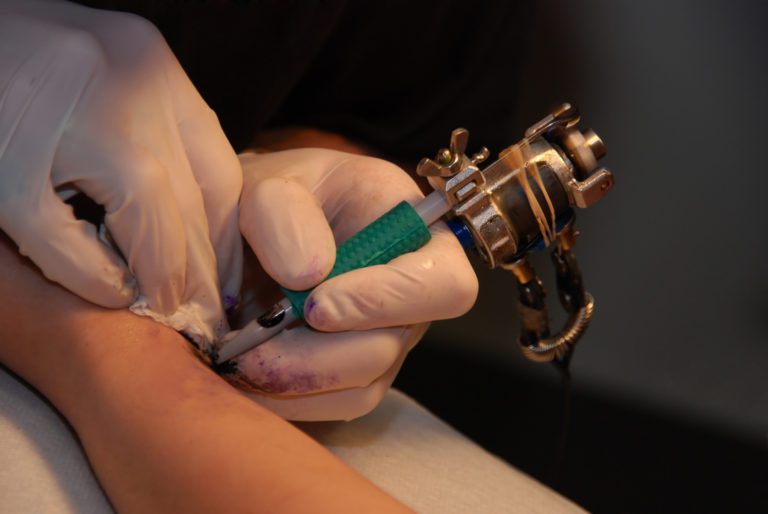
Can Tattoos Cause Skin Cancer?
Can tattoos cause skin cancer? No, tattoos don’t cause skin cancer. Tattoos became more mainstream in the 1970s, but they’ve been around for much longer. Dermatologists have been examining and treating patients with tattoos for many years, and there is no discernible connection between tattoos and skin cancer. There’s also no connection between tattoos and…Read More
